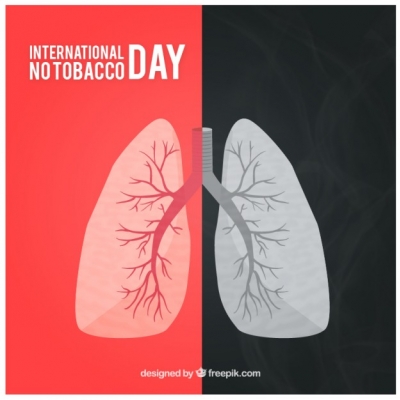
What are the symptoms of terminal lung cancer?
2019-11-09 02:11:12

Of the lung cancers, 80 85 is non-cell lung cancer
Lung cancer is divided into small cell lung cancer and non-small cell lung cancer according to histopathologic criteria such as the size and shape of cancer cells.
Among lung cancers, 80-85% are non-cell lung cancers, which are classified into adenocarcinoma (adenocarcinoma), squamous cell carcinoma, and large cell carcinoma.
The remainder, small cell lung cancer, is generally malignant.
When treating lung cancer, like other cancers, treatment depends on the stage and the patient's general condition and adaptability.
The main methods are surgery, chemotherapy and chemotherapy.
The most important factor is smoking.
There are about 7,000 harmful substances found in tobacco, of which more than 60 are known to be carcinogens.
Smokers are 15 to 80 times more likely to develop lung cancer than nonsmokers.
Even in nonsmokers, frequent exposure to secondhand smoke increases the risk of lung cancer.
Continuous exposure to asbestos-related building materials is known to lead to lung cancer after incubation.
In addition, it may be affected by fine dust such as radioactive materials, diesel combustion gas, and air pollution dust, and even if there is a family history, the risk of development increases.
Research on good food has been ongoing.
Some scholars have been interested in researching whether trace nutrients in fruits and vegetables can reduce lung cancer by preventing DNA damage caused by oxidants in the body, but no results have been met.
The only way to prevent lung cancer is to stop smoking, so it is advisable to quit smoking, eat a lot of fresh vegetables and fruits such as tomatoes, cabbage and broccoli while eating a normal diet to maintain nutritional balance and build up your body's resistance.
.
![[2024 Chuseok Special Idol Star Championships] ‘2024 Idol Star Athletics Championships’ 60m race, the birth of a new track and field idol!](https://kroamer.com/upload/trending/thumb-20240913210743_0_600x1184.jpg)






